Editorial Review from Amazon.com: Of all the books that have appeared in the last 10 years on Frank Lloyd Wright and his architecture, this is the one that will last. It is in all ways comprehensive: its text is as organized and complete as a set of blueprints; its striking pictures of projects as small as the modest Usonian houses or as grand as the Guggenheim Museum are arranged in order by the visual information they reveal about each project; and even its copyediting is noticeably coherent, with dates just where one expects such details to be, in the first picture captions for each project. The book as a whole is so carefully conceived that, reading it, one knows exactly where to look for any particular bit of history. And while, for casual readers, the essays may offer too much to digest at first, Robert McCarter's prose is agile and passionate. "Wright understood buildings to be the background or framework for human existence," he writes. "Architecture gave dignity to daily life." --Margaret Moorman
Editorial Review from House & Garden: By explaining Wright's complex geometry in the clearest language (a new tack for architecture criticism), McCarter amply repays a "debt of love."
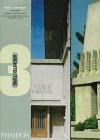
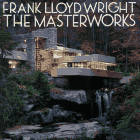
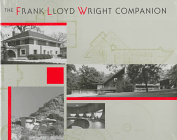
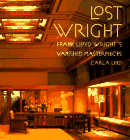
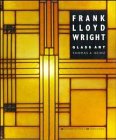
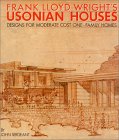

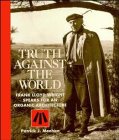
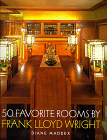
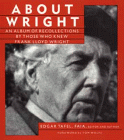


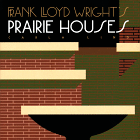
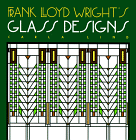
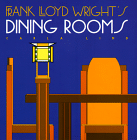

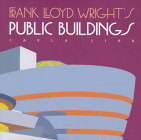

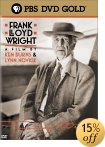
![[Library icon]](../images/Pin_Library.GIF)
![[Cabinet Ministries icon]](../images/Pin_Ministries.GIF)
![[Home icon]](../images/SmHome.GIF)